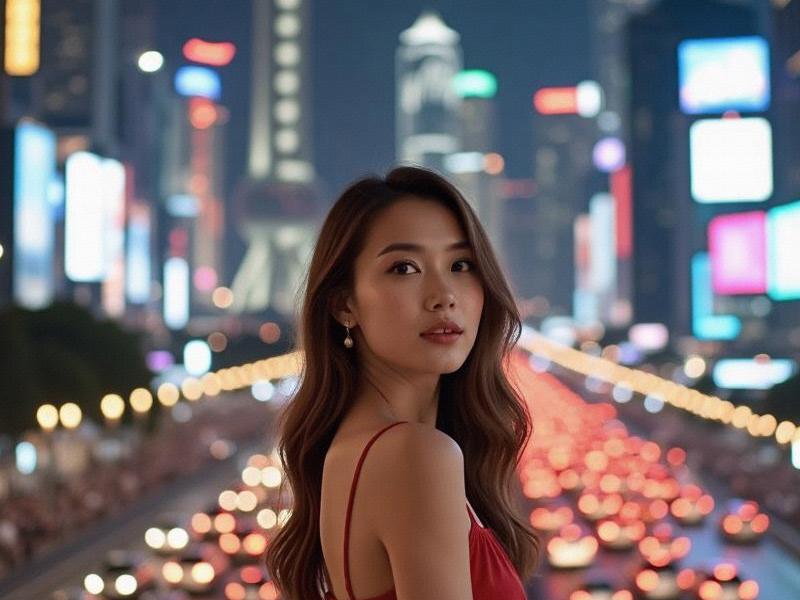This in-depth report examines how Shanghai's unique blend of Eastern and Western influences creates a distinctive beauty culture that challenges traditional Chinese standards while shaping new feminine ideals.

The neon-lit streets of Shanghai tell a fascinating story about beauty in transition. Here, where East meets West with particular intensity, the city's women are crafting a new beauty paradigm that defies simple categorization.
Historical Context
1. Traditional Roots:
- Jiangnan region's classical beauty ideals
- 1920s Shanghai glamour and qipao culture
- Socialist era utilitarian aesthetics
2. Modern Transformation:
- Post-reform Western influence
- Korean/Japanese beauty wave
- Current "Shanghai Style" synthesis
Contemporary Beauty Landscape
爱上海419论坛 1. The Shanghai Look:
- "Smart chic" office aesthetics
- Weekend avant-garde experimentation
- Skincare-over-makeup philosophy
- Rise of "natural enhancement" procedures
2. Economic Drivers:
- $3.2 billion local beauty market
- 42% of China's cosmetic imports
- Homegrown brands going global
Cultural Contradictions
1. Progressive Trends:
上海龙凤419 - Body positivity movements
- Anti-aging discourse challenges
- Gender-neutral beauty spaces
2. Persistent Challenges:
- Workplace appearance pressures
- Matrimonial market demands
- Generational divides
Industry Innovators
1. Local Beauty Entrepreneurs:
- Cleo Zhang's "East-West" makeup line
- Dr. Li's customized skincare labs
爱上海 - Xiaohongshu beauty influencers
2. International Players:
- L'Oréal China R&D center
- Sephora's Shanghai-exclusive products
- Japanese/Korean pop-up experiences
Future Directions
Emerging Trends:
- AI-powered beauty customization
- Sustainable beauty initiatives
- Heritage ingredient revival
- Male grooming market expansion
As Shanghai positions itself as Asia's beauty capital, its women navigate complex identity questions - creating a distinctive urban beauty culture that both reflects and shapes China's modernization journey.